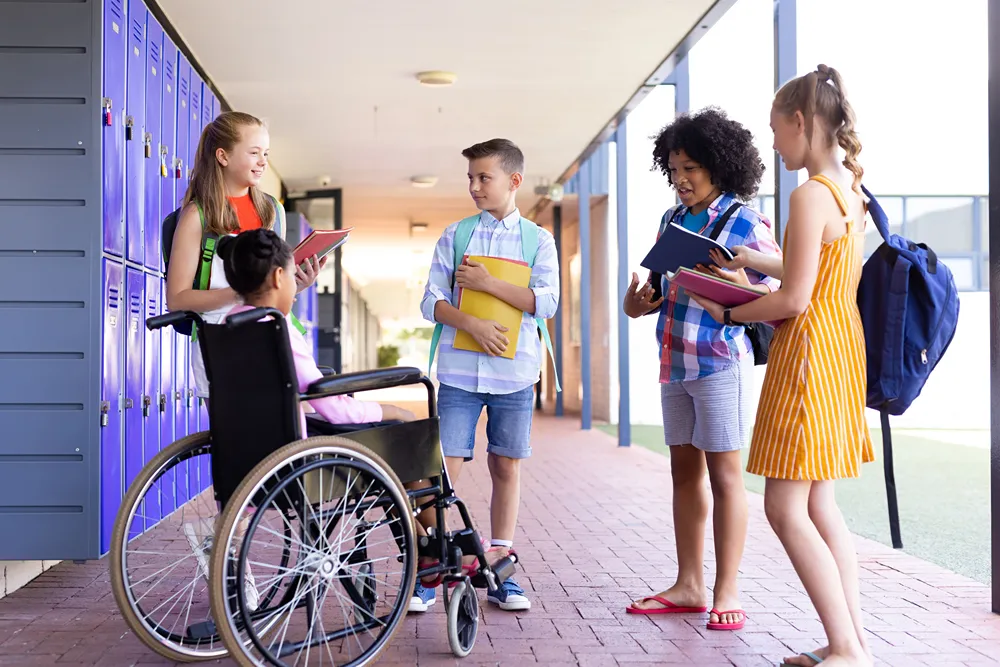A Difficult Decision: Should You Evict Your Adult Child?
If you have kids, society dictates that you must try to take care of them. You brought them into the world, so this makes sense. You must try to clothe them, feed them, shelter them, and generally try to raise them properly.
That’s certainly easier with some kids than with others. You’ll never know your child’s personality or temperament till they arrive and start growing and expressing their individuality.
Once your child turns 18, though, you needn’t take care of them anymore, at least not from a legal standpoint. Ideally, they’ll have some degree of independence by then. Maybe they’ll move out of the house if they want to go to college or they’d like their privacy.
What about adult kids who don’t want to leave, though? Maybe you’re okay with letting your child stay with you for a while after they turn 18, but most parents want their kids out of the house eventually.
Parents can legally evict their adult children in many instances, but you would hope it won’t come to that. If you have a grown-up child who doesn’t want to leave the house, and they’re refusing your nudging, should you involve the legal system? Let’s talk about that now.
Can Your Child Support Themselves?
Let’s say you have a child who turns 18, and you tell them you’d like them to leave the house. They don’t want to do it. You have heated arguments about it that turn into outright fights.
If you have a spouse or partner with whom you coparent, you’ll probably want to talk to them about the situation. In these scenarios, it’s nice to have some backup. If you two can put up a united front, then you can feel supported. That’s often helpful in these kinds of unpleasant circumstances.
Whether you have a spouse or coparent or you’re on your own, you need to think about whether your child can support themselves if you kick them out. Can they easily find work? Do you think they can secure housing for themselves? Do they have any skills that adults need to survive?
If you feel like your adult child doesn’t have any of the most basic skills that a grown-up needs to get by on their own, then that might factor into your decision. If you feel that your child doesn’t have these skills, though, and you want them gone, you will probably need to talk to your teenager about how they can get those abilities.
Inform them that if they don’t take steps to get a job and find housing, then you will eventually kick them out. Alternatively, ask them if they want to go to college, if you think that’s in the cards for them. You must try to work with your teen to create a logical course of action for them.
What’s Their Emotional or Psychological Situation?
Maybe you’re in a situation where your teen has serious emotional or psychological problems. We’re living in a time when more individuals than ever report feeling anxiety and depression. It’s keeping the pharmaceutical industry very profitable, and many therapists have more patients than ever.
If your teen has some of these issues, you might factor that into what’s going on with them. Maybe you want them out of your house in the worst way, but you should still try to feel sympathy.
You will need to talk to your teen about what you can do to help them get into better emotional shape so that they can eventually leave your house. That might involve taking them to a doctor who can examine them and possibly prescribe medication if they have depression or anxiety. It may involve getting them therapy so they can talk about their issues.
If your child refuses to even entertain such notions, though, then you must probably employ some tough love. You can tell them that if they won’t see someone about their issues, you will kick them out, whether they’re ready or not.
Do They Have Disabilities?
You must also think about any disabilities your child has. If they have one, then you must try to allow for that as well. Even if you’re fed up and want them gone urgently, you can at least try to find them accommodations that work for someone with their condition. You probably owe them at least that much.
You might find a facility that help individuals with their particular disability. You should also realize something. If you’re pressing hard for your child to get out of your house, and you won’t at least attempt to find them the best accommodations possible for someone with their condition or ailment, you risk alienating them, perhaps permanently.
Can You Come to Terms?
You can try to be patient with your adult child for as long as you can. If necessary, though, you can tell them that if they do not follow your rules while living under your roof, then you will legally evict them, and you will have the law on your side.
You may need to do that in certain situations, no matter how much it pains you. If they’re using drugs, for instance, and they’re stealing from you, that will probably bring the situation to a head very quickly. If they’re using illegal drugs in your home, or if they’re bringing unsavory characters around, that might do it as well.
Maybe they’re using domestic violence against you. In any of these situations, you can probably get the police to remove them from the premises relatively easily. You won’t feel happy about it, but if you have a child using drugs, striking you, or doing anything similar, you can probably evict them with a simple phone call.
It’s sad when these events occur. You don’t want to ever get to that point with someone you love. Eventually, though, you may reach a breaking point with your adult child where you can take no more.








